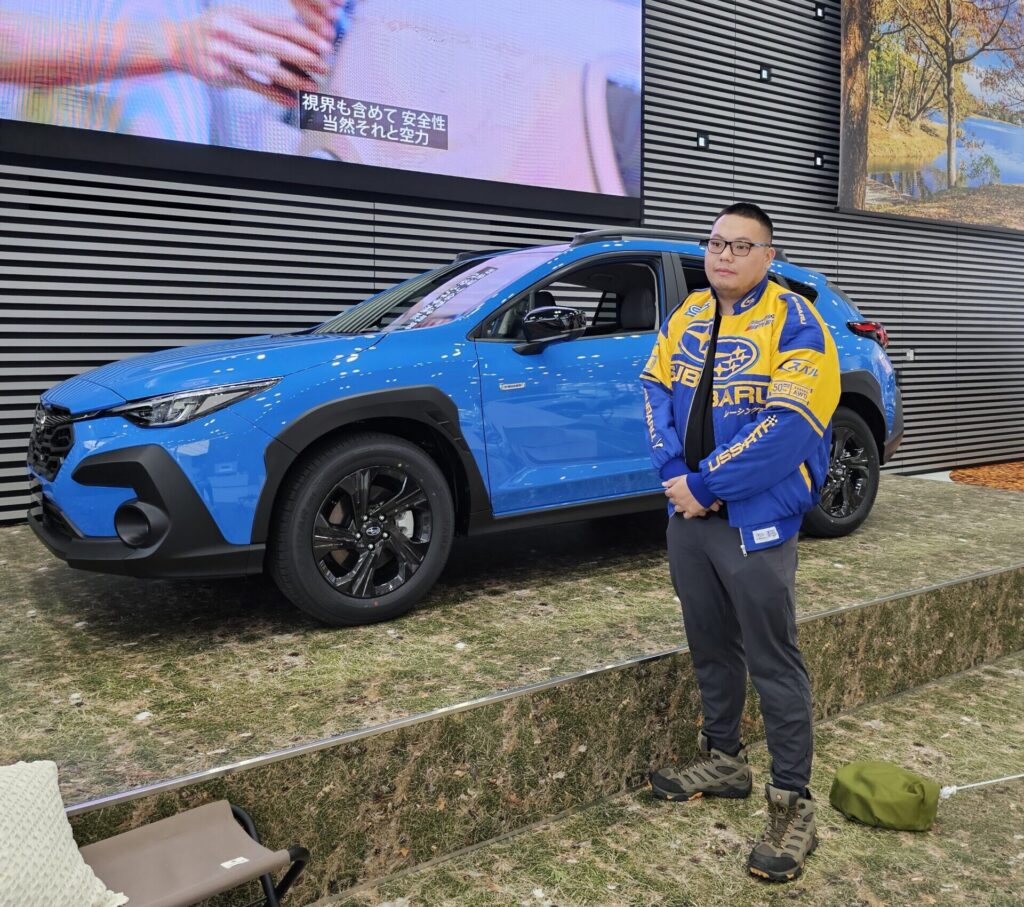Subaru firmly believes that the Horizontally-Opposed Engine is the optimum design for driving enjoyment. The pistons face away from each other in a 180º symmetrical layout around the crankshaft and work to balance out each other’s vibrations, delivering a smooth, shudder-free feel. This is because the engine can rotate freely at any given speed, delivering heart-gripping response to the driver. The length and height of this engine layout can be kept shorter than a traditional in-line engine, and it is also lighter. The engine can be mounted lower in the vehicle than other engines, and weight balance on the left and right can be made almost exactly the same. In this design, the low centre of gravity engine lowers the centre of gravity of the entire car. Similarly, a symmetrically balanced engine increases the symmetrical balance of the entire car. Both of these aspects combine to deliver a safer, more stable, and ultimately, more enjoyable experience on the road.
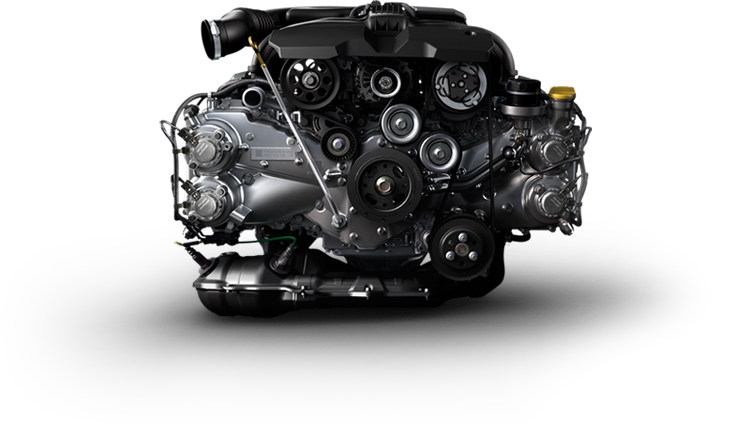
A boxer engine, or a horizontally opposed engine, is an engine configuration in which its pistons move toward each other in a horizontal direction.
Subaru has been committed to the SUBARU BOXER engine for over 50 years for its many advantages over other engine types, providing durability and reliable performance in its vehicles.
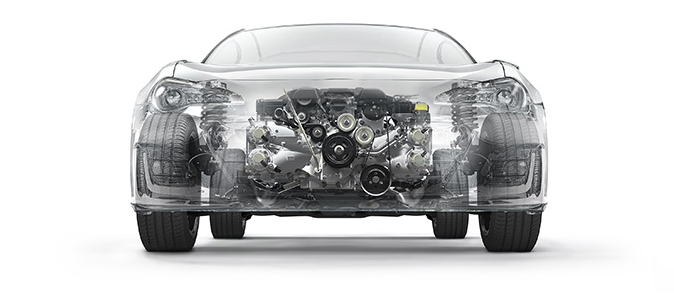

The ultra-low center of gravity packaging is the result of pursuing the advantages of the low center of gravity offered by the horizontally opposed Subaru Boxer engine to their limits. The Boxer engine, which had a low center of gravity to begin with, has been made lower and mounted closer to the center of the vehicle to truly lower the center of gravity of the vehicle overall. This previously unheard of endeavor and innovation resulted in a gravitational center height that rivals that of super sports cars, excellent front and rear weight distribution and a new dimension of driving that has never been experienced before. The expertise in horizontally opposed engines, technology and passion for driving cultivated at Subaru have all been poured into this ultra-low center of gravity packaging.
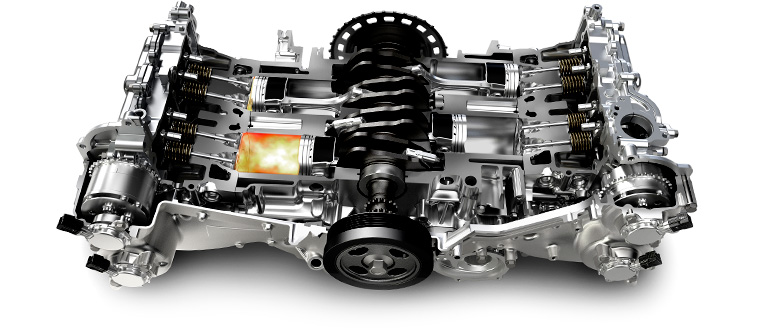

EJ20
Since being installed in the first-generation Legacy in 1989, the EJ20 has been proving itself on the front line for over two decades, and can be rightly considered one of SUBARU’s masterpieces.
The development of the EJ model began with the aim to create a successor to the EA model, which was FHI’s first compact passenger car in the SUBARU 1000 era (1966) that was powered by the boxer engine. The development project aimed to maximize the already-high potential of the horizontally opposed engine, delivering high rigidity and efficiency that left no stone unturned.
The EJ20 succeeded in creating a high-quality driving sensation worthy of the first-generation Legacy, which strived to be a car truly made for the driver. Since then, this engine has become the base of a wide range of engine variations. The EJ20 can truly be said to be a symbol of SUBARU Engineering’s ethos of starting with high-quality design foundations and working unceasingly to add improvement upon improvement.
FB16 / FB20 / FB25
For the first time in 21 years, every function in this new boxer engine has been renewed to meet the demands of a new era. Thanks to across-the-board improvements including longer stroke, more compact combustion chambers, improved intake and exhaust efficiency due to the installation of dual AVCS, lighter piston weight, and decreased engine wear, the next-generation boxer realizes high combustion efficiency and superior fuel economy.
It has also successfully realized refreshingly responsive acceleration as well through rich reserves of low- to mid-range torque. All of these improvements deliver even greater everyday usability. By achieving both a high degree of environmental performance and driving pleasure, this boxer is worthy of being called a next generation engine.
FB16 DIT
FA20
FA20 DIT
EE20
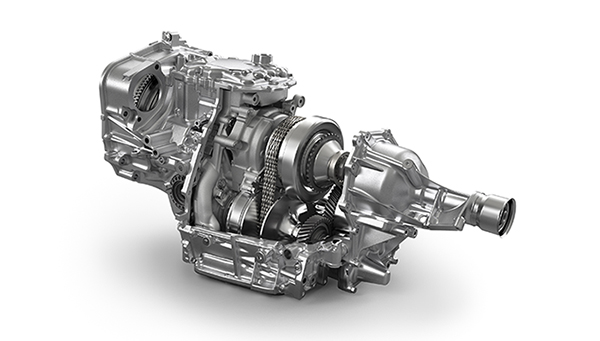

Lineartronic
E-6AT
6MT
Continue Reading About: Symetrical AWD
